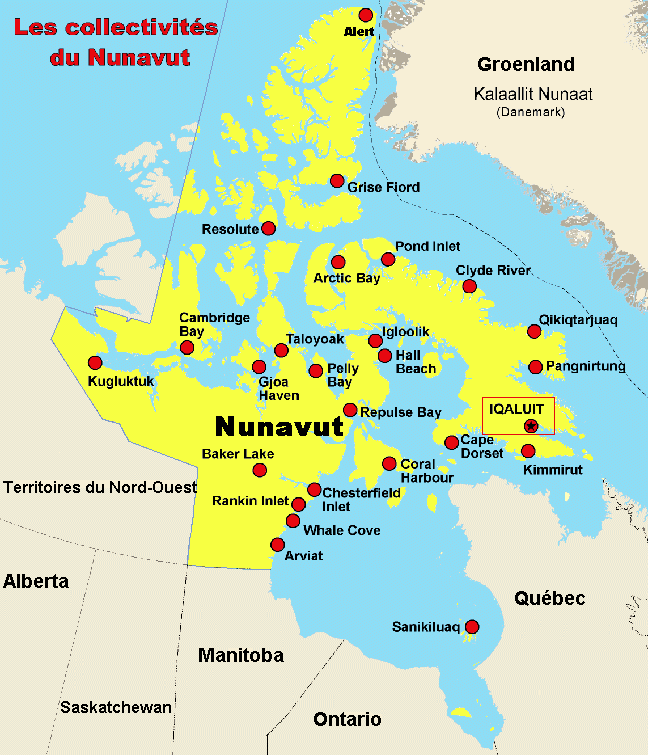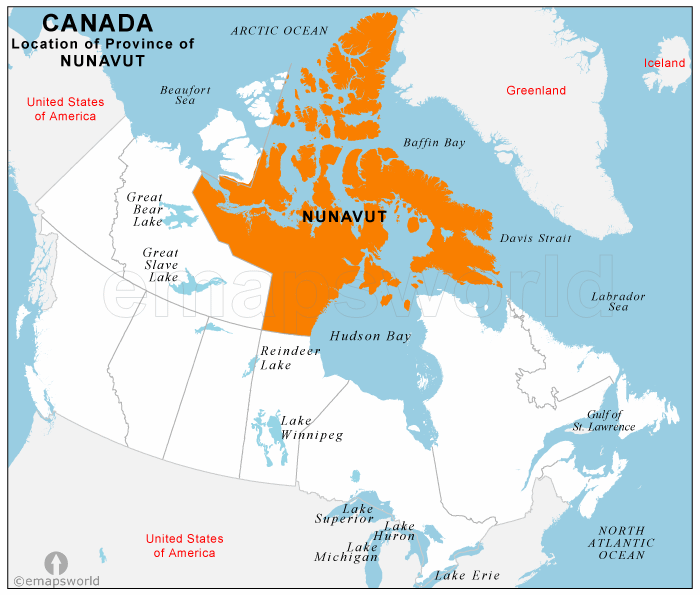Creation of Nunavut
On April 1, 1999, Nunavut officially became Canada’s third territory, separating from the Northwest Territories after decades of negotiations and advocacy by the Inuit people. Spanning over 2 million square kilometers (772,000 square miles), Nunavut is the largest and least populated territory in Canada, with a vast Arctic landscape that includes tundra, remote islands, and frozen seas.
The creation of Nunavut was the result of the Nunavut Land Claims Agreement, signed in 1993 between the Canadian government and the Inuit, granting them self-governance and control over land and resources. The agreement was one of the most significant Indigenous land settlements in history, providing the Inuit with $1.15 billion in compensation, land ownership rights, and decision-making power over environmental policies and natural resource management.
Iqaluit was chosen as the capital, serving as the political and cultural hub of the territory. The establishment of Nunavut was a major step toward Indigenous self-determination, allowing the Inuit to preserve and promote their traditions, language (Inuktitut), and way of life while gaining greater autonomy in governance.
Since its creation, Nunavut has faced challenges such as infrastructure development, high living costs, climate change, and economic sustainability. However, it has also seen progress in areas like Indigenous-led governance, cultural preservation, and economic opportunities in mining, tourism, and fisheries.
Nunavut’s creation remains a landmark achievement in Canada’s history, symbolizing reconciliation, Indigenous rights, and the ongoing journey toward self-determination and cultural resilience for the Inuit people.




















